It is important to have a complete picture of stablecoins and their continued innovation to understand why regulation will have no effect and not change what is inevitably going to happen, a complete replacement of centralized fiat currency.
We’ll cover the uses of stablecoins, legacy banking (business model and asset erosion), how stablecoins work, the advantages and disadvantages of the different stablecoin solutions, how money is made with stablecoins, why they are the target of regulation and what does an unstoppable, regulation-proof stablecoin look like.
How are Stablecoins Used?
Cross-border payments occur in smaller, closed financial networks requiring middlemen to facilitate these transactions. These middlemen have made cross-border payments expensive, slow and restrictive. McKinsey & Company estimates that the financial system generates $2T annually from these payments. Ridiculous.
Cross-border payments are made fast, easy and considerably less expensive than legacy banking systems by using stablecoins.
With stablecoins, you can “stay in crypto” without having to go into a fiat currency to store value. This saves time, cost and keeps you in full control of your money because you are no longer in the banking system, while maintaining price stability.
Leverage: Crypto-collateralized stablecoins can be used to increase your position in a particular cryptocurrency. If you own ETH, you can “mint” a stablecoin by pledging ETH as collateral to mint a stablecoin. With that stablecoin, you can now buy more ETH to mint more stablecoin and so on. This is a technique to leverage your crypto position.
This yield farming concept became popular in the summer of 2020 when crypto traders and stakers were accelerating their returns in staking pools by leveraging up their position (to then stake in proof of stake and liquidity pools).
Legacy Banking: Middlemen And The Money Printer
The entire legacy banking system is built on fees and interest on money they don’t own. Many think that banks accept deposits to lend it back to you at a higher rate. There is more going on here. Banks take your deposits and use that as their reserve requirement so that they can borrow many times that amount from the federal reserve bank. Then, that capital is used for lending to yield much higher returns (because they leveraged up their lending capacity). It is ALL inflation. Meanwhile, you get sub 1% on your deposits.
30-40% of all the U.S. dollars in existence today were printed out of thin air in a 12-month period. If the USD was a cryptocurrency, it might be one of the worse ones. With this and the talk of stablecoin regulation, stablecoins backed by the USD may not be so “stable” in the future.
With the “bail in” laws passed by the Obama administration, depositors can have their capital seized if their bank fails. This law puts depositors first in line to cover any insolvencies a failed bank will have.
It is unfair and dishonest that you may have to pay for a banker’s risk taking and not get the benefit from the endless inflation of fiat currency that is printed out of thin air.
Yields in cryptocurrency are quickly eroding at the asset base (reserves they can use to borrow from the fed) of traditional banks. Consumers are moving to much higher yielding cryptocurrency staking to earn transaction fees in liquidity pools and rewards/interest for staking to validate blockchain transactions (Ex. Proof Of Stake Blockchain Consensus).
Types Of Stablecoins And How They Work
Understanding stablecoin innovation as the race to decentralization continues:
1. Centralized and Physically Asset-Backed.
Stablecoins like Tether and Paxos Gold physically back their cryptocurrency with USD and physical gold, respectively. You buy these on the open market or supply the physical collateral/USD for these protocols to “mint” new stablecoin. This is a great way to store value. However, centralized systems require faith that 1 Tether actually returns 1 USD when you redeem. Tether has come under scrutiny with claims that there is not actually a 1:1 Tether/USD ratio. Furthermore, systems like this are easily shut down by banks or regulators. Physical asset-backed stablecoins provide an attractive alternative to invest in the cryptocurrency market, while giving you exposure to another asset like gold.
2. Crypto-Collateralized.
The stablecoin market, then, evolved to take a step to further decentralization. Stablecoins like MakeDAO use ETH-based cryptocurrencies as collateral to mint their stablecoin. With systems like this, you are not relying on a centralized authority or entity to “back” the stablecoin. It is only you pledging collateral to a smart contract which is public proof that it exists as collateral on the blockchain. This gives you certainty that the system truly has underlying value that can’t be taken away or falsified (like the Tether accusations). However, in times of market volatility, your collateral can be liquidated if the “loan to value” ratio breaks a threshold.
3. Algorithmic
Purely algorithmic stablecoins rely on market forces and smart contract software rules to maintain the price of the dollar or whatever asset they are tracking. Terra Luna is a 2-token system (utility token and stablecoin) that allows you to burn one of the tokens to mint the other in times of stablecoin price instability. For example, if the price of TerraUSD is above the dollar, you can burn the utility token for TerraUSD at the exchange rate at the price it should be. Then, you can sell for a profit helping to bring the price back down of 1 TerraUSD equal to 1 USD. Incentivizing the market keeps the stablecoin at the price it should be. Purely algorithmic stablecoins have no underlying collateral. If market forces fail or there are issues with the software code, there is no recourse to get your money back.
How do you make money with stablecoins?
There are two ways:
Leverage and Trading. Staking.
1. Leverage and Trading
Cryptocurrency traders use crypto-backed stablecoins to leverage up their position in a particular crypto as described in the MakeDAO example. This accelerates returns if the price goes their way. If not, liquidation and loss can happen quickly during market downturns.
Stablecoins provide a “neutral” position for crypto traders so they can capture profits and be ready for the next trade.
2. Staking
Staking involves locking up your fiat-backed stablecoins where you will earn interest or rewards. The most well-known staking is in proof of stake blockchain protocols where you earn part of the transaction fees of the network. You could also stake in a decentralized lending platform like AAVE to earn interest or stake in a liquidity pool in a decentralized exchange like UniSwap. In UniSwap, you earn transaction fees for providing liquidity to traders of that decentralized exchange.
A Regulation Target
Let’s face it. Regulation of crypto is all about trying to maintain control and the threat to the US Dollar World Reserve Currency status. The US government would lose the ability to print money out of thin air for political control and to loan/donate to countries for “favors” and decisions that could potentially benefit the US.
Crypto makes it more difficult to track transactions and people. This is not acceptable to the US government. Biden recently began tracking all USD bank accounts with more than $600, a complete violation of the 4th amendment and many other things.
The “infrastructure bill” has provisions where everyone in crypto is a broker and subject to KYC compliance. How can a blockchain developer track who is using software that has been released to the world and has a life of its own (the nature of decentralization)?
Stablecoins are the target because they remove the need to go back into fiat, where KYC and tracking can occur. Stablecoins are also widely used. SEC Chairman Gensler said “that roughly 75% of all crypto trades involve some kind of stablecoin”.
For the first time in history, we have a technology that has the potential to change the relationship between man and government. This change is in favor of the individual so governments are fighting it.
Effects of Regulation Overreach
- Innovation moves to countries that embrace the change. If the USA regulations go too far, it will cripple the chances of continued financial dominance and move it to other countries. The economic impact of the convergence of a multitude of technological platforms is going to have a 20X+ the impact of the Internet. (Blockchain, Artificial Intelligence, Robotics, Energy Storage and Genome Sequencing) No country can afford to push innovation in this areas to other countries.
- Blockchain protocol creators go dark and release anonymous projects.
- Blockchain systems will move further to decentralization and be impossible to be captured.
What does decentralized finance mean in this context?
Since a stablecoin is a cryptocurrency in the government’s crosshairs, decentralization is crucial. It means that every aspect of the protocol cannot be influenced, seized or shut down by any government, bank or organization. Every part of a defi protocol needs to be capture proof. This makes it a safer choice for many people who want to keep their money safe from governmental interference and manipulation.
The process of decentralization
This is not easy, but it can be achieved by using distributed ledger technology. This is the technology that is used to record transaction history and information on many computers or “nodes” at once. When all nodes are updated with the same information, this data cannot be changed or falsified.
This allows for a defi stablecoin to be fully transparent, unchangeable and accessible to all users. As you can imagine, this will be an excellent choice for anyone who wants to keep their money safe but also remain anonymous.
Despite the progress in defi, a vast majority if not all blockchain dApps (decentralized apps) are not fully decentralized. Website servers, domains and server access to blockchains, like Infura for ETH blockchain access, are still centralized and can be captured. Case in point is when UniSwap delisted all stablecoins from its “decentralized exchange” front end at the potential threat of the SEC regulating stablecoins and investigating UniSwap. Liquidity pools for these stablecoins plummeted even though they are decentralized on the blockchain. The front-end access is not.
Protocols like the Internet Computer and Cartesi have solutions to decentralize front servers and cloud computing. However, the crypto industry has yet to take the final step.
TLDR: A regulation proof stablecoin
To be truly decentralized, a regulation proof stablecoin needs to be both crypto-collaterallized and algorithmic. It cannot have any single entity in the process like what we see in all of the physically asset or USD-backed centralized systems. Having the stablecoin backed by other cryptocurrencies gives faith in the system that there is underlying value that can be redeemed at any time without centralization. Also, it must be algorithmic to provide further price stability. This is the best possible combination of stablecoin capabilities that exists in the market.
All of the processes must occur in the smart contract on the blockchain making it unchangeable and visible to everyone. Front end website, website server and blockchain access also must be decentralized with multiple, capture proof access points.
Furthermore, a stablecoin cannot be pegged to a fiat currency price since most will just be inflated into oblivion. Tracking the price of a physical asset, like precious metals, is a much better store of value.
Philosophically, the creation of currency should be decentralized rather than a single entity controlling the money supply for a nation. Since the best currencies have an underlying asset, the collateral owner should be the one earning the interest.
BankX is building this type of a fully decentralized, trustless, silver-pegged stablecoin where you earn interest the entire time it is in circulation. If you would like to learn more, join: r/BankX
[link] [comments]

You can get bonuses upto $100 FREE BONUS when you:
💰 Install these recommended apps:
💲 SocialGood - 100% Crypto Back on Everyday Shopping
💲 xPortal - The DeFi For The Next Billion
💲 CryptoTab Browser - Lightweight, fast, and ready to mine!
💰 Register on these recommended exchanges:
🟡 Binance🟡 Bitfinex🟡 Bitmart🟡 Bittrex🟡 Bitget
🟡 CoinEx🟡 Crypto.com🟡 Gate.io🟡 Huobi🟡 Kucoin.
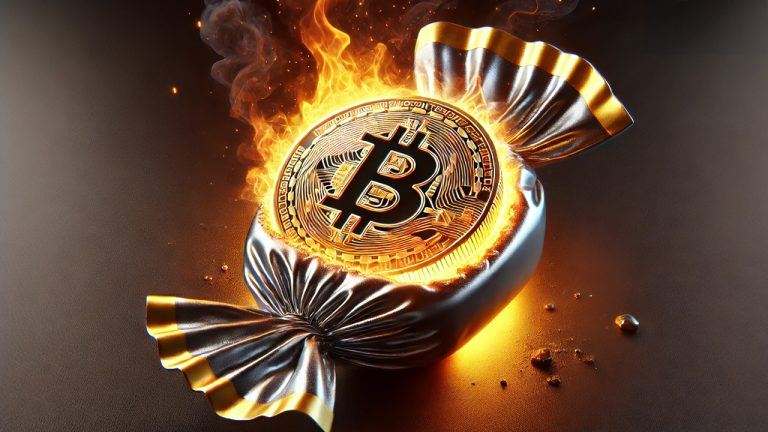
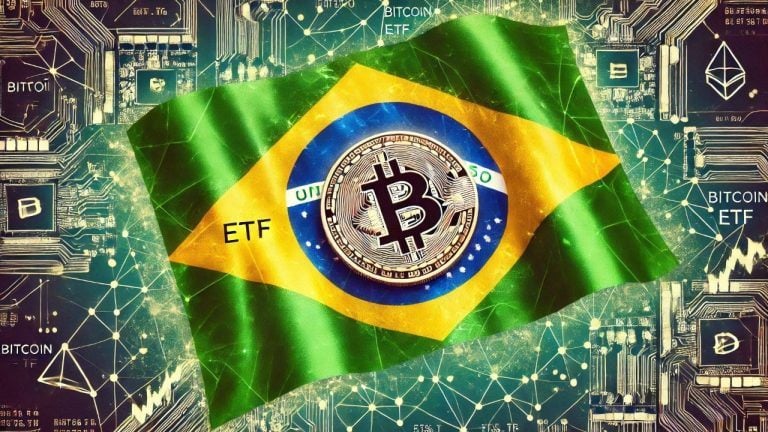


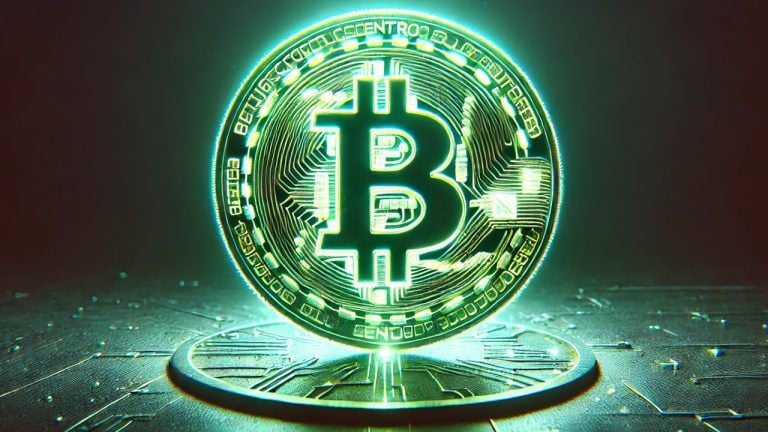


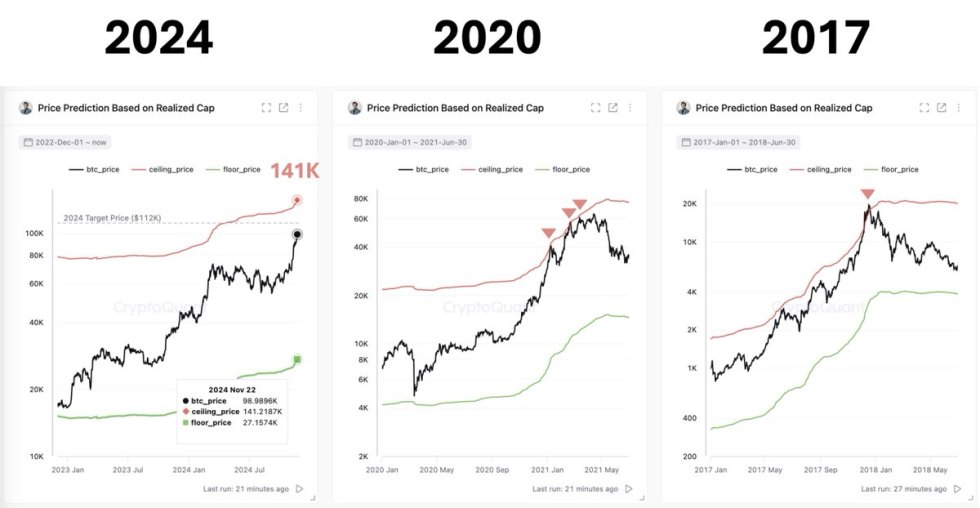





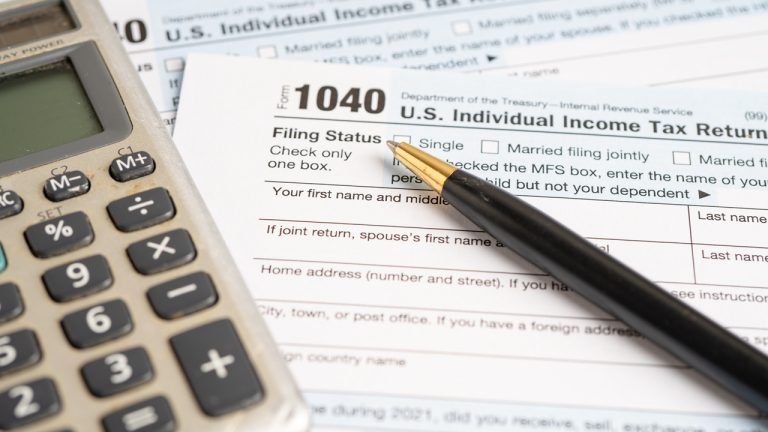

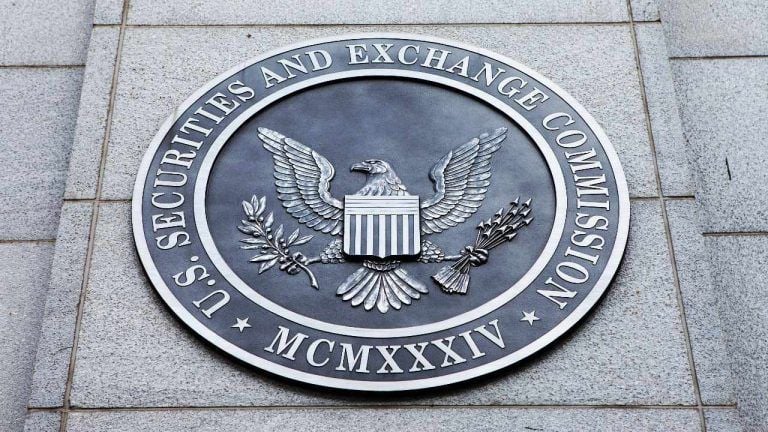




Comments